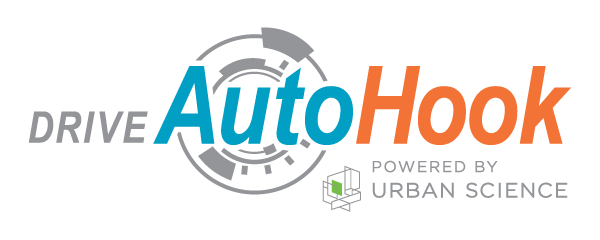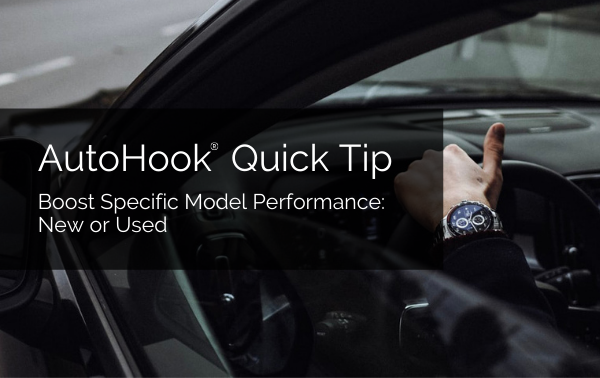How Dealers Can Eliminate Deficiencies with More Accurate Attribution Tracking
By David Metter
Through endless digital and traditional channels, consumer influence is happening both consciously and subconsciously as they navigate along a digital roadmap equipped with double-digit research touch points that follow no predictable path or straight line. This new age buying behavior makes attributing a sale to one source almost impossible. While new and developing channels provide marketers with an abundant assortment of avenues to reach potential customers, the challenge of measuring the return on your investment is becoming increasingly complex.
“Big data” is a widespread term used relentlessly in digital marketing across all verticals. But the question remains, how can we properly leverage big data to attribute a single sale to a single action? And is it possible to attribute one sale to one source within the surplus of information available today?
Let’s first properly define attribution. According to Forbes, “Attribution is the science of using advanced analytics to allocate proportional credit to each marketing touch point across all online and offline channels, leading to a desired customer action.” MarketShare defines it as “giving credit where credit is due.” To simplify even further, attribution is who or what takes credit for a sale.
For auto dealers, attribution is synonymous with the conduit that led the customer from screen, to search, to showroom. Attributing a sale or a lead translates to knowing exactly where it came from, how it came to you, and why. The problem with digital marketing is that this process can be very challenging as there is no conventional path to follow when it comes to tracking online (and offline) actions today. Attribution defines which elements of your marketing compounds will result in a reaction, or which will ultimately prove to be effective.
There is a reason Amazon is the #1 online retailer. The master of digital merchandising has the most straightforward attribution chain in the business - consisting of three steps: a search, a click, and a buy.
On the contrary, there is no such thing as the “search-click-buy” method in the automotive industry. The question of the moment is could there be, and how do we turn that possibility into a measurable science? The reality is, well below 5% of the total buyers in the market behave in a direct, attributable fashion. Therefore, dealers and manufacturers must focus on the 95% of buyers that have to physically visit the showroom to purchase a vehicle and really drill down to determine their personal, unique path to purchase. But dealers are not dentists, and drills are not a part of the standard dealership sales toolbox.
According to a Dataium study, “One-third of autos purchased today are a direct outcome of internet-generated leads.” Lead conversion must be measured at the dealership level. More importantly, measuring attribution, or the accountability of a sale is of growing importance as more and more media and social networks adapt to a paid advertising model.
Tips to Overcome Attribution Hurdles:
1. Don’t be afraid to get a little personal. Customize your messaging based on a user’s previous actions and their digital footprint. The smartphone is regarded as the most intimate device ever. Therefore our marketing must follow suit and get personal. Custom-built, targeted messages elicit fiercer impacts. Consumers not only want personalized messages, but they now expect them, and respond better when marketing tactics convey a dynamically tailored message.
2. Implement a streamlined form-fill process on all devices in conjunction with industry-leading responsive design. Evolving technologies have arrived that allow geo-targeting on mobile devices that currently provide dealers with a first ever, “showrooming” solution that is, you guessed it…100% measurable!
3. The consumer experience plays a significant role in the attribution process. When considering the experience, focus on the variables that include specific IP addresses, number of page views before an initial offer or incentive is provided, and closing the loop with re-engagement and retargeting practices.
4. Attribution can be more accurately measured when conversion is streamlined via e-mail or text message delivery. When the consumer data is captured during an incentive redemption during a showroom visit, we can then know without a shadow of a doubt which channel led the buyer to your lot. When you offer something valuable in return for a consumer’s personal information, the probability of them completing the form drastically escalates.
It’s crucial we all take a moment to step back and put aside all the math and the logic. At the end of the day, there is a simple method to the madness. Waiting until a customer physically shows up in your showroom to collect their information enables you to collect more information (and more accurate information) than you ever could from a typical dealer lead form. This is simple quid pro quo; you have to give something to get something. We have to think differently in order to capture the information we need to make smarter budgeting decisions.
To learn more tips towards solving the attribution confusion please check out our attribution whitepaper, “Automotive Attribution: Fundamentals and Future.”






















